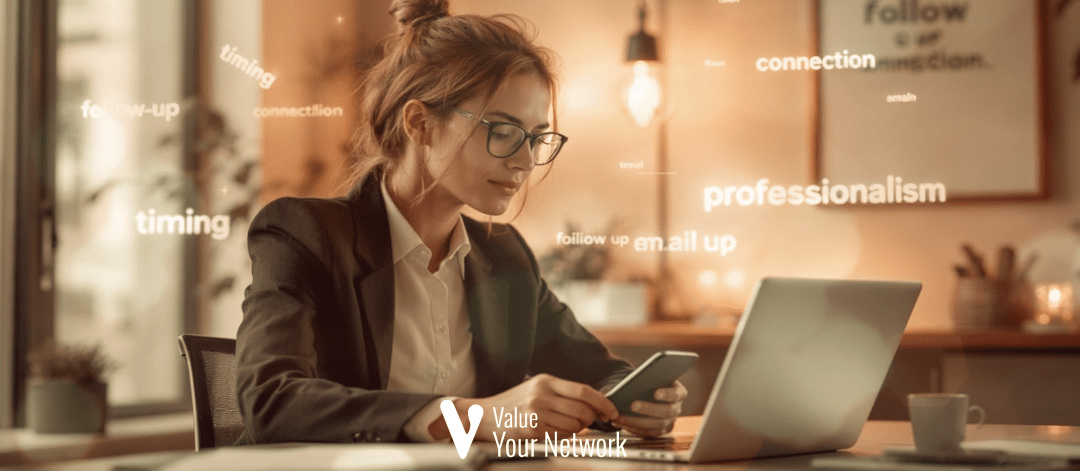Follow-up is a delicate art that can mean the difference between a missed opportunity and a successful professional relationship. In our hyper-connected professional world, the ability to maintain contact appropriately has become a crucial skill. This skill is especially important in an era where Generation Z is entering the job market in large numbers, bringing new expectations in terms of professional communication and responsiveness.
Perfect timing
Timing is crucial in the art of the follow-up and is often the difference between a professional approach and a clumsy insistence. Too early, you risk appearing pushy or desperate; too late, you could miss the opportunity or appear disinterested. The golden rule is to wait 24 to 48 hours after a professional meeting, a time frame that demonstrates both your enthusiasm and your respect for the other person's time. In this context of sensitive business communications, the security of your exchanges is paramount. That's why it is recommended to use ExpressVPN for Mac, which guarantees the confidentiality of your messages and protects your sensitive professional information.
The proper form
The choice of communication channel is just as important as the timing and must be adapted to the professional context and the nature of your relationship. If email remains the most professional and widely accepted means, social networks offer interesting alternatives depending on the context. LinkedIn remains the reference for professional interactions, while Facebook may be appropriate for follow-ups in more creative industries or for B2C-focused businesses. The quality of your written communication is essential; tools like Thank you-App and Languagetool can help you refine your messages and avoid mistakes that could harm your professional image.
Key elements of good monitoring
- Personalization : Personalizing your message is crucial to establishing an authentic connection. Recall a specific detail from your previous conversation to demonstrate your attentiveness and genuine interest. This approach shows that you were fully engaged in the exchange and that you value the professional relationship that is being built.
- Concise : In a professional world where time is precious, conciseness is a mark of respect. An effective follow-up should not exceed a few well-structured paragraphs. Get to the point while maintaining a courteous and professional tone. Each word should have a specific purpose and contribute to the clarity of your message.
- Added value : Differentiate yourself by including something relevant that might interest your audience. This could be an in-depth article about your industry, a helpful resource, or even a relevant contact. This approach demonstrates your proactivity and desire to build a mutually beneficial relationship.
Frequency of reminders
If you don't get an immediate response, a second follow-up after a week may be appropriate. After two or three follow-ups, it's best to move on to maintain your professional credibility.
Mistakes to avoid
- Don't overload your interlocutor with messages
- Avoid passive-aggressive formulations
- Don't ask, "Have you read my previous email?"
FAQ: Answers to frequently asked questions about the art of tracking
- How long should I wait before doing a first Follow-up (follow-up) ?
A 24-48 hour delay is ideal after a meeting or professional exchange. This timing shows your enthusiasm without appearing pushy. - What is the best way to perform a Follow-up (follow-up) ?
Email is usually the most professional way. However, LinkedIn or other social networks may be appropriate depending on the context of the relationship. - What should I do if I don't get a response after several follow-ups?
If you don't get a response after two or three reminders spaced a week apart, it's best to move on to preserve your credibility. - How to avoid being perceived as too pushy?
Spacing out your follow-ups, personalizing your messages and remaining respectful in tone are the keys to avoiding appearing pushy. - Why is it important to add value in a Follow-up (follow-up) ?
Providing a useful resource or relevant item demonstrates your proactivity and can spark interest in your interlocutor, thereby strengthening your professional relationship.
Conclusion
The art of follow-up is a delicate balance between persistence and respect. By mastering the timing, form, and content of your follow-ups, you significantly increase your chances of professional success. Remember, every interaction is an opportunity to strengthen your network and professional reputation.

